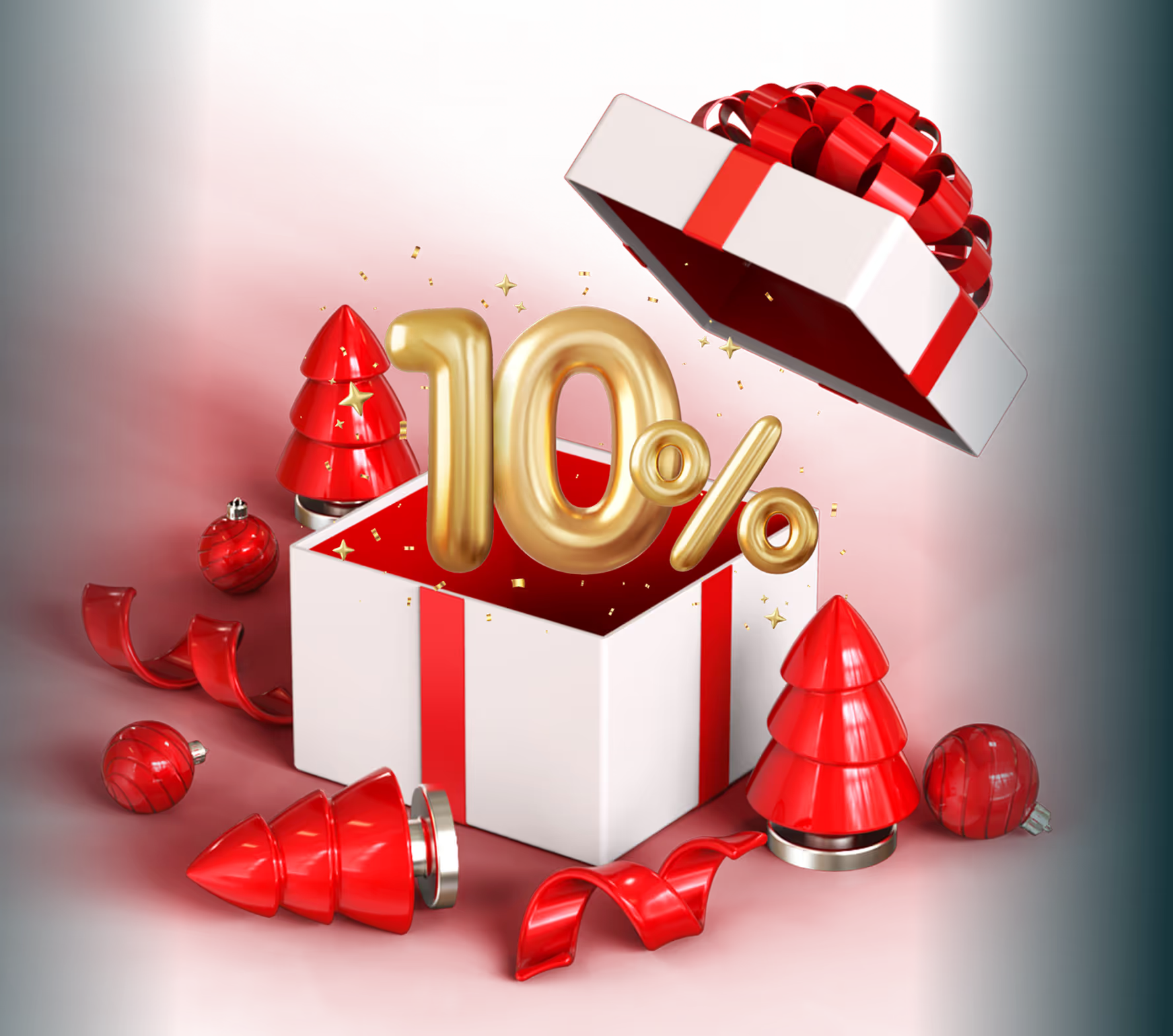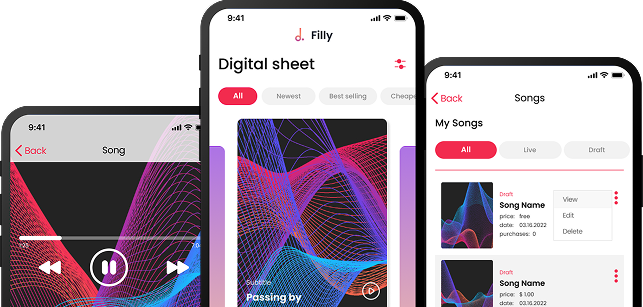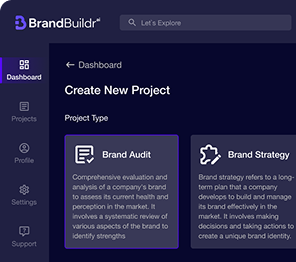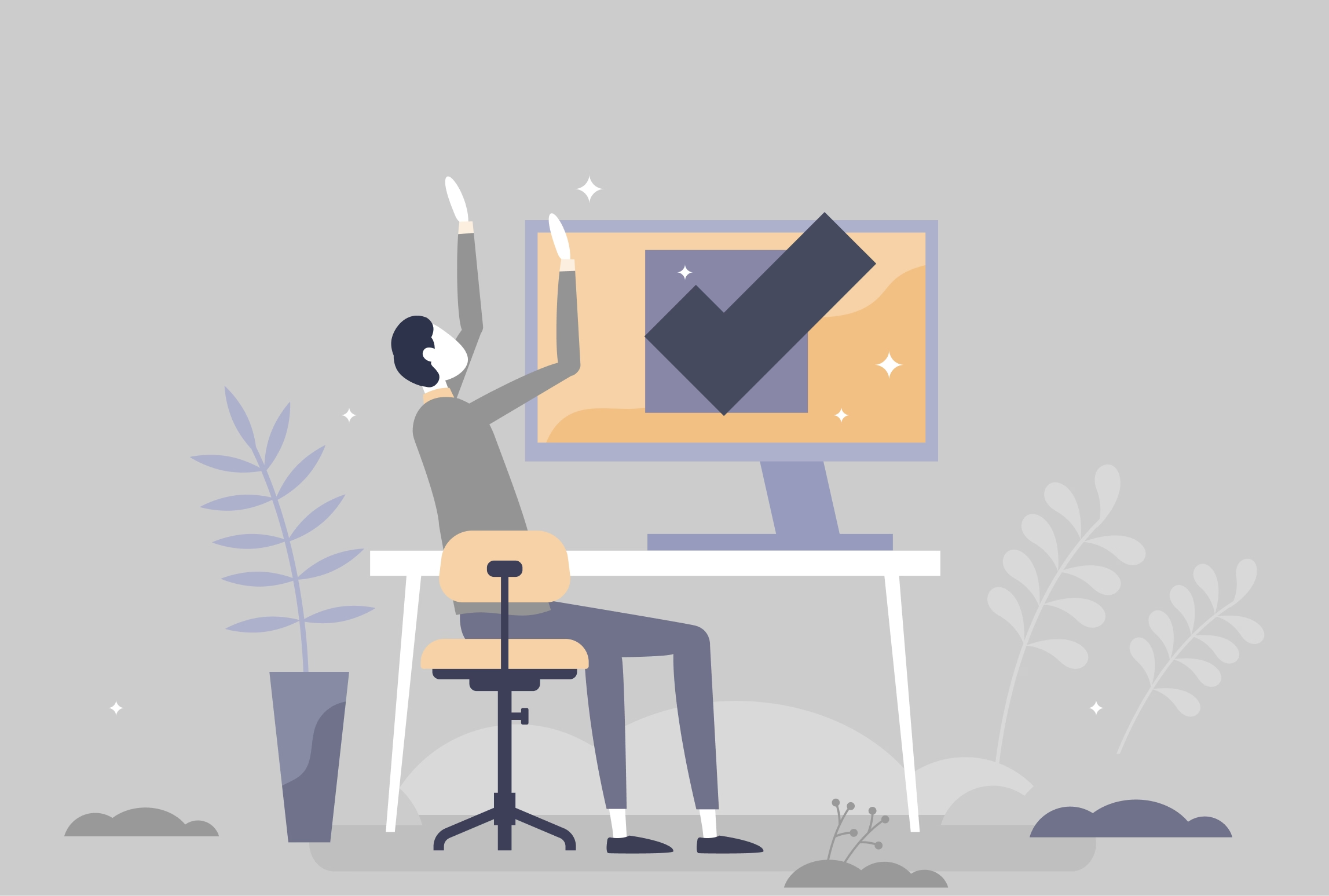The journey from a Minimum Viable Product (MVP) to a full product is a critical phase in product development. While an MVP helps you test your idea with minimal investment, scaling up to a full product involves significant decisions about features, infrastructure, and long-term viability. Knowing when and how to transition from an MVP to a fully-developed product is crucial for ensuring that your product not only meets market demand but also succeeds in the long run.
In this article, we’ll explore when it’s the right time to scale up your MVP and how to approach the transition strategically, so you can avoid common pitfalls and maximize your chances of success.

The Role of an MVP: Testing and Learning
Before diving into scaling, it’s important to revisit the purpose of an MVP. A Minimum Viable Product (MVP) is the simplest version of a product that includes only the core features necessary to solve a user problem. Its purpose is to:
- Validate Assumptions: Test the core value proposition of your product with real users.
- Gather Feedback: Learn from early users and understand what works and what doesn’t.
- Save Resources: Avoid wasting time and money by focusing on essential features and iterating based on user feedback.
An MVP is not intended to be a complete product. It’s a tool for learning and experimentation. By releasing an MVP, you can quickly get your product in front of users, collect valuable data, and make informed decisions about whether to move forward, pivot, or abandon the idea altogether.

When to Scale Up: Recognizing the Right Time
The decision to scale from MVP to a full product isn’t just about adding more features or expanding the team—it’s about recognizing when your product has gained enough traction and validated its market fit. Here are some key signs that it’s time to scale up:
1. Product-Market Fit Has Been Achieved
Product-market fit occurs when your product satisfies the needs of a well-defined target market, and there is clear demand for it. If your MVP consistently attracts users, and they are finding value in the product, it’s a strong indicator that you’re ready to scale. Product-market fit can be measured through:
- User Retention: Users keep coming back to use the product regularly.
- Word-of-Mouth Growth: Users are referring others to the product without much marketing effort.
- User Feedback: Positive feedback from users suggests that your product is solving their problem.
If these factors are in place, it’s a sign that your product is resonating with the target audience, and it may be time to invest in scaling it.
2. Clear Demand for Additional Features
The MVP is intentionally designed with only the essential features. However, as users engage with your product, they may request additional features that enhance their experience or address unmet needs. If users consistently ask for specific features that align with your product vision, it may be time to expand the feature set and move towards a full product.
Key Consideration: Focus on adding features that will provide real value to users, rather than building features just for the sake of it. Prioritize based on user feedback and business goals.
3. Strong Business Metrics
Scaling should be based on data, not gut feelings. Key business metrics can help determine if your MVP is ready for the next phase. Some important metrics to track include:
- User Growth: A steady increase in users over time indicates that your product is gaining traction.
- Conversion Rate: If your MVP has a strong conversion rate (e.g., free-to-paid users), it shows that users are willing to pay for the value you’re offering.
- Revenue Growth: If your revenue is growing steadily and sustainably, it’s a sign that scaling up can further accelerate growth.
When these metrics show positive trends over time, it’s an indication that your MVP has proven its value and that investing in scaling could lead to further success.
4. Technical Scalability
A major consideration in scaling up is ensuring that your MVP’s infrastructure can handle increased user demand. If your MVP is experiencing performance issues due to a growing user base (e.g., slow load times, server crashes), it’s time to invest in more robust infrastructure to support a full product.
Key Areas to Address:
- Server Infrastructure: Ensure that your servers can scale as the number of users grows.
- Database Optimization: Make sure that your database is optimized for higher loads and can handle more complex queries.
- Code Quality: Refactor and optimize the codebase to make it more scalable and maintainable.
How to Scale Up: A Strategic Approach
Scaling up from an MVP to a full product requires careful planning and execution. It’s not just about adding more features—it’s about building a sustainable, scalable product that can grow with your user base. Here’s how to approach scaling strategically:
1. Refine and Expand the Product Vision
As you move from MVP to full product, it’s important to revisit and refine your product vision. What new problems will your product solve? How will it grow to meet the evolving needs of users? While the MVP was focused on a core problem, the full product should aim to address broader user needs and offer a more comprehensive solution.
Key Considerations:
- User Research: Continue gathering insights from users to identify pain points, feature requests, and areas for improvement.
- Market Trends: Stay informed about market trends, competitors, and emerging technologies that could influence your product roadmap.
- Long-Term Vision: Define the long-term vision for your product and set clear milestones for how you plan to achieve it.
2. Prioritize Features Based on User Feedback
Not all features are created equal, and adding too many at once can lead to bloat and complexity. Instead of trying to build everything at once, prioritize features that offer the most value to users and contribute to business goals.
Feature Prioritization Techniques:
- MoSCoW Method: Categorize features into Must-Have, Should-Have, Could-Have, and Won’t-Have.
- Kano Model: Evaluate features based on how they impact user satisfaction, focusing on must-haves and delighters.
- User Feedback: Pay attention to user requests and prioritize features that solve their most pressing problems.
By focusing on high-impact features, you can ensure that your product continues to deliver value as it scales.
3. Invest in Scalable Infrastructure
As your user base grows, your product needs to be able to handle increased demand. This requires investing in infrastructure that can scale without compromising performance or reliability.
Areas to Focus On:
- Cloud Infrastructure: Cloud providers like AWS, Azure, or Google Cloud offer scalable solutions that can grow with your product.
- Database Optimization: Implement techniques like database sharding, indexing, and caching to improve performance.
- Security and Compliance: As your product scales, ensure that you comply with relevant security standards (e.g., GDPR, HIPAA) and protect user data.
Investing in infrastructure early on will save you from scaling issues later, such as downtime, slow performance, or security vulnerabilities.
4. Enhance User Experience (UX) and Design
As your product grows, user expectations will increase as well. A strong focus on User Experience (UX) and design is essential to ensure that your product remains easy to use, intuitive, and enjoyable. This is particularly important when expanding your feature set, as new features should not complicate the user interface.
Key UX Enhancements:
- Consistency: Ensure that the design remains consistent across new features and pages.
- Usability Testing: Conduct regular usability tests to identify pain points and areas for improvement.
- Accessibility: Make your product accessible to a wider range of users by following accessibility guidelines (e.g., WCAG).
By investing in UX, you can enhance user satisfaction and reduce churn as you scale.
5. Expand the Development Team
As your product scales, your development team may need to grow as well. While the MVP could be built by a small team, a full product requires additional expertise in areas like frontend, backend, DevOps, and quality assurance (QA).
Key Considerations:
- Specialized Roles: Consider adding specialists to the team, such as security experts, DevOps engineers, or UX designers.
- Agile Practices: Use Agile methodologies to keep the team focused on delivering value in incremental sprints.
- Communication and Collaboration: As the team grows, ensure that there are strong communication and collaboration tools in place to keep everyone aligned.
Scaling the team appropriately will allow you to maintain development velocity and ensure that you can meet the growing demands of your user base.
6. Establish Robust Customer Support
As your user base grows, so will the need for customer support. Scaling up from MVP to full product involves ensuring that users have access to timely and effective support when they encounter issues or have questions.
Key Support Channels:
- Knowledge Base: Create a comprehensive knowledge base with articles, tutorials, and FAQs to help users self-serve.
- Live Chat: Implement live chat support to address user questions in real-time.
- Ticketing System: Use a ticketing system to manage and prioritize customer issues efficiently.
Providing excellent customer support can help reduce churn, improve user satisfaction, and create loyal customers as your product scales.


Common Pitfalls to Avoid When Scaling Up
While scaling up from an MVP to a full product is an exciting phase, it’s also fraught with potential pitfalls. Here are some common mistakes to avoid:
1. Scaling Too Early
Scaling too early, before achieving product-market fit, can lead to wasted resources and a bloated product. Ensure that there is clear demand and a strong user base before investing heavily in scaling.
Solution: Focus on validating your MVP and achieving product-market fit before expanding.
2. Overcomplicating the Product
As you add new features, it’s easy to lose sight of the product’s core value. Overcomplicating the product can lead to feature bloat, which confuses users and dilutes the product’s appeal.
Solution: Prioritize essential features that add value and improve the user experience. Keep the product focused on solving core problems.
3. Neglecting User Feedback
As you scale, it’s easy to get caught up in growth and forget about your users. Neglecting user feedback can result in a product that no longer meets their needs, leading to churn.
Solution: Continue gathering and acting on user feedback, even as you scale. User feedback should remain central to your product development process.
Conclusion
Scaling up from an MVP to a full product is a critical step in product development, and doing it right requires careful planning and execution. Recognizing the right time to scale, based on user feedback, market demand, and business metrics, is key to ensuring that your product grows successfully. By focusing on infrastructure, feature prioritization, UX, and customer support, you can build a product that scales effectively and meets the evolving needs of your users.
Avoid common pitfalls like scaling too early or overcomplicating the product, and you’ll be well on your way to building a sustainable and successful product that can thrive in the market.

FAQ
What is the difference between an MVP and a full product?
An MVP focuses on delivering core functionality to validate an idea and gather user feedback, while a full product includes expanded features, polished design, scalability, and long-term support based on proven demand.
When is the right time to scale from an MVP to a full product?
The right time to scale is when the MVP demonstrates strong user engagement, clear value, and repeat usage. Consistent feedback, validated assumptions, and early traction indicate readiness for expansion.
What metrics should guide the decision to scale up?
Key metrics include user retention, activation rates, customer acquisition cost, lifetime value, churn, and qualitative user feedback. These indicators help confirm product-market fit before further investment.
What are the biggest risks of scaling too early?
Scaling too early can lead to wasted resources, over-engineering, and building features users don’t need. It may also expose technical and usability issues that weren’t addressed during MVP validation.
How should teams approach scaling an MVP into a full product?
Teams should scale incrementally by refining the core experience, improving performance, strengthening infrastructure, and adding features based on real user demand. Continuous testing and feedback loops are essential.
What role does technical architecture play in scaling successfully?
A flexible and well-planned architecture enables smooth scaling. Choosing scalable technologies, modular design, and robust infrastructure during the MVP phase helps prevent costly rebuilds when transitioning to a full product.
Heading 1
Heading 2
Heading 3
Heading 4
Heading 5
Heading 6
Lorem ipsum dolor sit amet, consectetur adipiscing elit, sed do eiusmod tempor incididunt ut labore et dolore magna aliqua. Ut enim ad minim veniam, quis nostrud exercitation ullamco laboris nisi ut aliquip ex ea commodo consequat. Duis aute irure dolor in reprehenderit in voluptate velit esse cillum dolore eu fugiat nulla pariatur.
Block quote
Ordered list
- Item 1
- Item 2
- Item 3
Unordered list
- Item A
- Item B
- Item C
Bold text
Emphasis
Superscript
Subscript





















.avif)



.avif)

.avif)


